Share This
There is a wonderful cookbook called Mediterranean Vegetables, written by the award-winning cookbook author and longtime Oldways friend Clifford Wright, that takes the reader from Acanthus-leaved Thistle on page 3 to Zucchini on page 351. In between is a wealth of information about the Mediterranean preparations of familiar and not-so-familiar vegetables.
Vegetables are key to embracing the Mediterranean Diet. Whether or not you start at A and wind your way to Z, there are so many great ways to enjoy vegetables. Rather than preparing a a dish of only vegetables, as is very common for the standard American dinner plate of a starchy carbohydrate, plus a protein and an overcooked vegetable, it is very common in the Mediterranean that vegetables are paired with other healthy ingredients to make an interesting, flavorful Mediterranean plate. Here are some ideas to give your plate a boost of flavor, while also delivering a healthy Mediterranean meal with great tasting vegetables.
Paired with Whole Grains
Like many trendy dishes today, grain bowls have a rich history in numerous global cuisines, including the Mediterranean Diet. Many grains trace their roots back to the Fertile Crescent, an area on the eastern side of the Mediterranean Sea including what is today Egypt, Turkey, Lebanon, and Israel. Until the late 1800’s, when industrial milling made it cheap and easy to remove the nutritious bran and germ of the grain, grains were nearly always eaten in their whole grain form.
Most Mediterranean grain bowls are comprised of a few key elements: a vegetable (like roasted eggplant or shredded zucchini), a whole grain (such as freekeh, bulgur, or barley), a dressing (as simple as olive oil or as creative as a spiced tahini dressing), and a finishing touch (like fresh herbs or Parmigiano-Reggiano). Pair with a protein source (like grilled salmon or spiced chickpeas) and you have beautifully balanced dish!
Rice is another great carrier for a wide range of vegetables, and in particular, seasonal vegetables. A spring asparagus risotto or an autumn risotto with squash or zucchini are both perfect ways to enjoy seasonal vegetables, with a whole grain—short grain brown rice. (An insider shortcut: to help coax brown rice into a rich, creamy risotto, it helps to give the brown rice a quick boil before starting the risotto process.)
As you’re shopping for grains, look for the Whole Grain Stamp, to be sure your grain is truly whole.
Paired with Pasta for a Healthy Pasta Meal
Pasta is a healthy carbohydrate and so many great attributes, as documented by the Scientific Consensus Statement on the Healthy Pasta Meal. One is that pasta is a canvas for other healthy foods (like vegetables), and is a wonderful way to introduce foods that are under consumed (like vegetables). Specifically, the Scientific Consensus states:
“Healthy pasta meals are a delicious way to eat more vegetables, legumes and other healthy foods often under-consumed. Pasta is a way to introduce other Mediterranean diet foods (other cultural traditions), especially for children and adolescents.”
While we mostly think of Italy when we think of pasta, because pasta is a canvas for local ingredients, cuisines around the Mediterranean feature different versions of the healthy pasta meal. Here are some from our work with the International Pasta Organization, as well as others from cooking experts.
North Africa: Marcus Samuelsson’s Red Penne is a perfect example of using pasta as the canvas for the great tastes and spices of North Africa—Harissa (a North African spicy pepper), pasta, potatoes.
France: The recipe for Salad with Farfalle, Vegetables & Goat Cheese comes from Oldways’ brochure, Pasta for All, and mixes vegetables with bow tie pasta and goat cheese, giving it a French flair.
Spain: Fideos with Vegetables. Fideos are noodles made like pasta (unleavened dough rolled flat and cut or extruded), and in this dish the fideos are toasted and then mixed with onions, peppers, garlic, grated tomatoes and saffron.
Greece: Aglaia Kremezi has several suggestions, including Pasta with with Purslane and Tomatoes (see the Summer Mediterranean Salad Fresh Friday for more information on purslane). This recipe from our mutual friend in Cyprus, Marilena Ionnides, uses plenty of herbs (basil or mint, plus Maras or Aleppo pepper) to make the dish full of flavor.
Italy: In addition to the classic Italian pasta dish, Spaghetti with Tomato, Basil and Parmigiano, try Vegetable Orzo Primavera. Primavera, which means “spring” in Italian, refers in recipes to using fresh early vegetables. This dish welcomes innovation: you can also make it with roasted fresh asparagus.
Pasta with Roasted Vegetables is another great example of how pasta is a canvas for vegetables. Roasting vegetables brings out their deep, sweet flavors and provides the perfect topping for cooked pasta. Feel free to play with this recipe and try other combinations of vegetables including asparagus, carrots, peppers, sweet potatoes, squash, and onions.
Paired with Fruit
Fruit is a wonderful addition to salads of green leafy vegetables like spinach and chard. Strawberries, dates, figs, grapes, watermelon, blueberries and blackberries provide sweetness to vegetables, and the combinations are endless. A splendid winter salad is a Blood Orange Fennel Salad, a classic Sicilian salad that you will return to again and again. There are many possible combinations. This salad brings together fruit, greens and whole grains, while this one pairs dates and olives with greens, lettuce and blue cheese. For more ideas, read the Summer Mediterranean Salad Fresh Friday, to learn there are many ways to bring figs into the salad bowl. Try peppery arugula or smooth spinach leaves, massage kale or shred cabbage.
Paired with Eggs
Eggs and vegetables go together, as the song would say, like love and marriage. French omelets, Spanish tortillas and Mediterranean frittatas help you pair eggs with whatever vegetables you have on hand. Better still, these egg dishes are great ways to use up leftover vegetables and to make sure picky eaters get a few vegetables in their diets. Some of our favorites are Baked Eggs and Spinach, Kale and Artichoke Frittata with Asiago, and Mediterranean Scramble with Zucchini and Halloumi.
A trendy dish that is also a favorite is Shakshuka, a spicy egg dish of North African (Tunisian) origin and a popular breakfast food throughout Israel. While there are many takes on shakshuka, a traditional rendition consists of eggs poached in a spiced tomato and green pepper stew with onions and garlic, sometimes finished with a sprinkling of sharp, salty feta cheese.
Paired with Beans, Peas, Lentils and Other Legumes
Vegetarians and vegans have long known that beans and vegetables are a great combo and can be the foundation of a well-balanced meal. There are so many ways to pair vegetables and beans, peas, lentils and peanuts, in cuisines around the Mediterranean.
Soups are a great place to start. In Greece, Fasolada is a traditional dish made with white beans and vegetables. In Italy, Pasta e Fagioli is a hearty soup full of vegetables and beans that makes a great lunch or dinner.
A departure from the traditional chickpea spread, hummus, is one made with beets. This Beet Hummus has a slightly sweeter taste than the traditional version. Roasted Red Pepper hummus is another adaptation—a pairing of beans and vegetables!
Roasting vegetables and beans together in the oven, or on top of the stove, is another great way to combine vegetables and beans. Let your mind be bold—try new combinations to find your own personal favorite. If this is new to you, here’s an easy one to start off, compliments of Real Simple magazine.
Although veggie burgers are not traditional Mediterranean Diet fare, they are another option for combining vegetables and beans. There are plenty of commercial versions, but if you want to make one at home, try this one from The New York Times. They call it The Ultimate Veggie Burger.
Paired with Tomatoes
While tomatoes are used in the kitchen like a vegetable, tomatoes botanically are a fruit. Because there are so many amazingly flavorful tomato-vegetable Mediterranean dishes, we had to include this roundup of vegetable partners. One of the first dishes that comes to mind is caponata, similar to ratatouille (another great tomato and vegetable dish). Caponata is a traditional Sicilian dish, featuring eggplant, tomato sauce, onion, and celery. Caponata is usually served at room temperature as a side dish or salad. Gazpacho is a tomato-based soup from southern Spain. Because it’s comprised solely of fresh/raw ingredients (tomatoes and raw vegetables) and chilled before serving, gazpacho is a refreshing, light soup ideally suited for warm summer days. Tomato sauce is a great way to add tomatoes to a vegetables dish, such as Turkish Eggplant Peanut Rollups.
Paired with Cheese
Many of the recipes we’ve mentioned here also include cheese. It’s a wonderful way to bring extra flavor and richness to any dish. Classic Mediterranean dishes that feature a pairing of vegetables and cheese are Pizza, Vegetable Lasagna, and Vegetarian Mousakka.
Amplified by Extra Virgin Olive Oil
As nutrition scientist and renowned Mediterranean Diet researcher, Antonia Trichopoulou, is fond of saying, “olive oil makes the vegetables go down.” In Greece and many other parts of the Mediterranean, you’ll find no better way to enjoy seasonal vegetables than by preparing them simply with extra virgin olive oil. For more information, read our Guide to Olive oil and visit the North American Olive Oil Association’s website. You’ll learn that vegetables cooked in olive oil retain more nutrients. Our colleague Sharon Palmer, the Plant-Powered Dietitian, has some tips “to pump up the flavor and health quotient of vegetables with the help of extra virgin olive oil:
- Fill a sauté pan or skillet with any vegetable—leafy greens, broccoli, cauliflower, green beans, or carrots—drizzle with 1 tablespoon olive oil and a twist of lemon juice, your favorite pinch of spices and herbs, and sauté until just crisp-tender to make about four servings.
- Line a baking dish with sliced vegetables—eggplant, Brussels sprouts, beets, or sweet potatoes—drizzle on about 1 tablespoon of extra virgin olive oil, freshly minced garlic and herbs, and a pinch of sea salt and black pepper and roast at 400 F until golden and tender to make about four servings.
- Fill a salad bowl with one bunch of freshly chopped greens, such as romaine, spinach, kale, chard, or Mache, and toss with 1 tablespoon EVOO and balsamic vinegar and a pinch of sea salt and freshly ground black pepper to make about four servings.
No matter where your favorite vegetable falls between A and Z, there are countless delicious ways to enjoy it and many other vegetables. It’s important to enjoy a variety of different foods, vegetables included. We hope you will find pairings that you enjoy, and perhaps experiment with new pairings of your own!
Want biweekly Med Diet information and recipes in your Inbox? Sign up for our Fresh Fridays newsletter by clicking the Subscribe button at the bottom of this page!
Join the Make Every Day Mediterranean Club Facebook group for additional information and support.

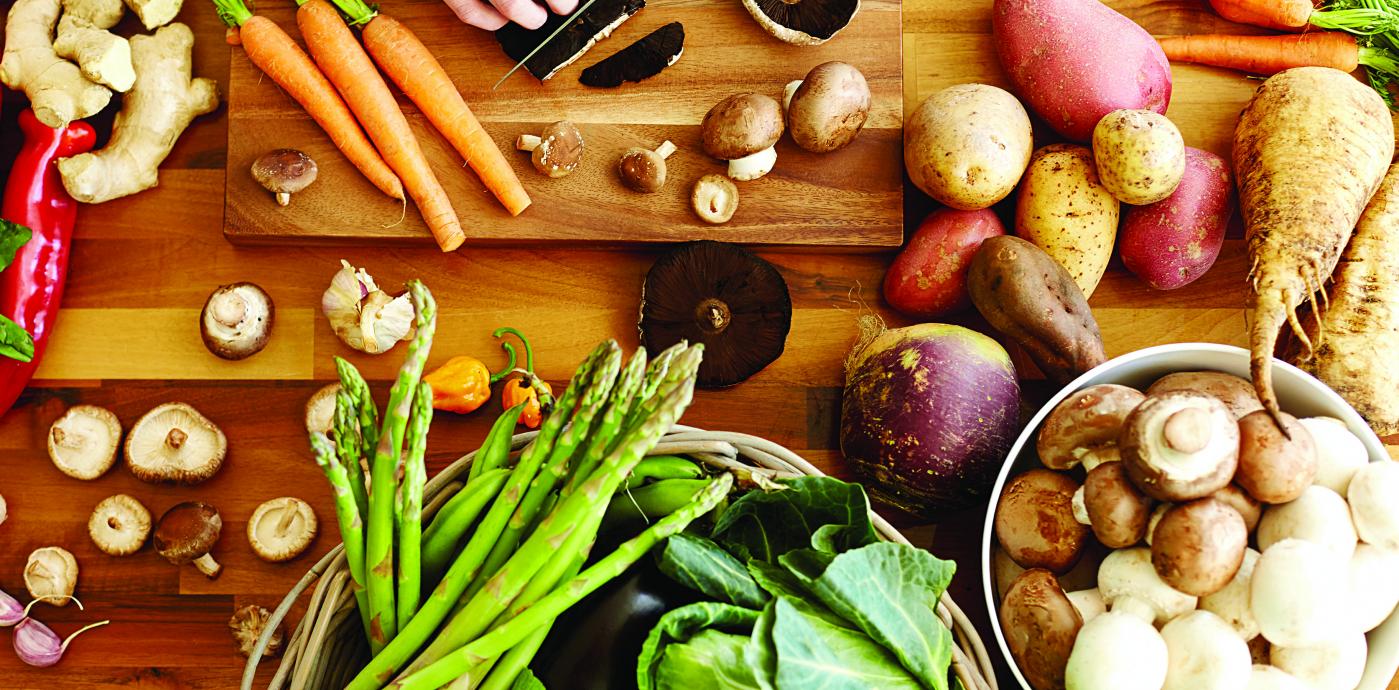
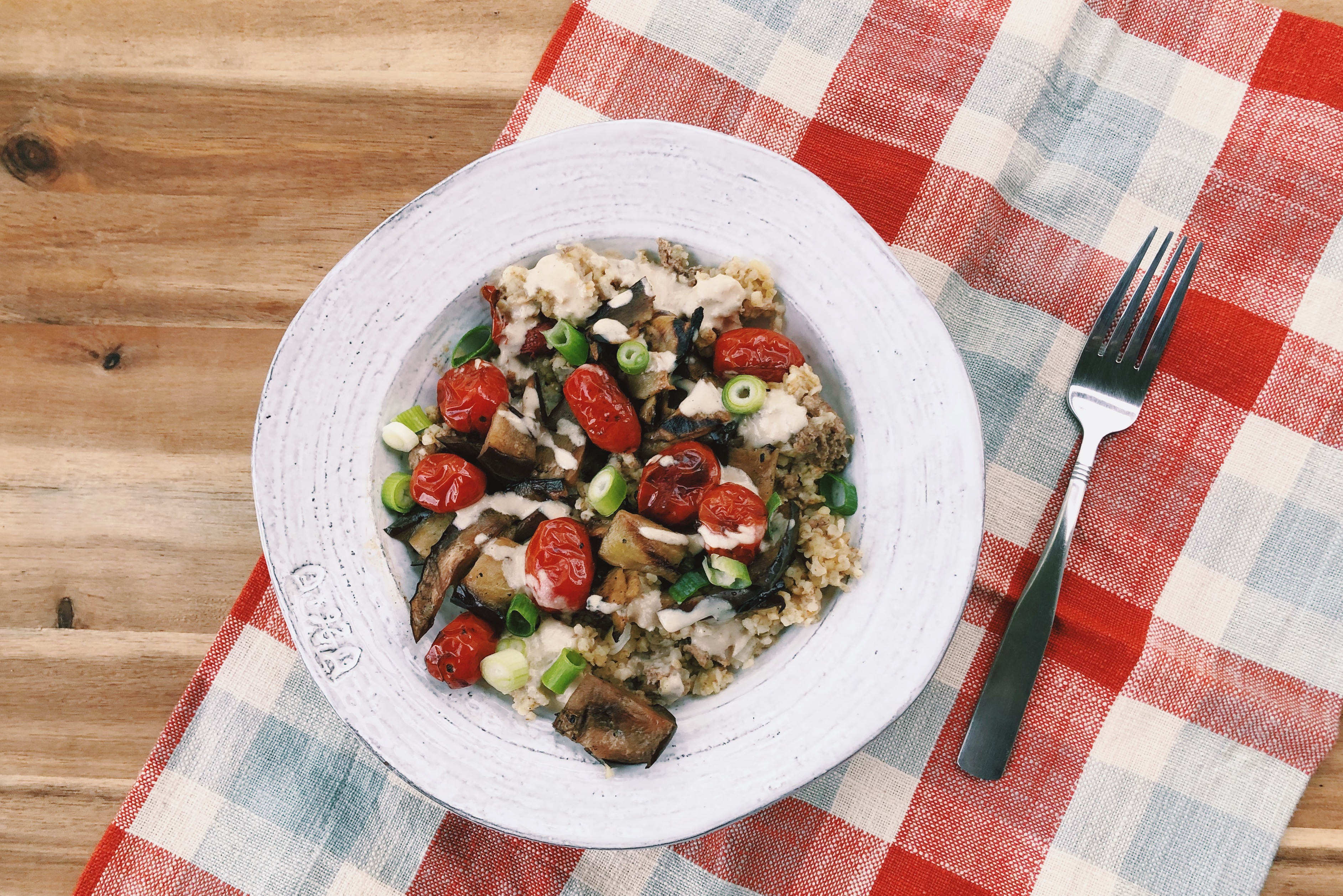
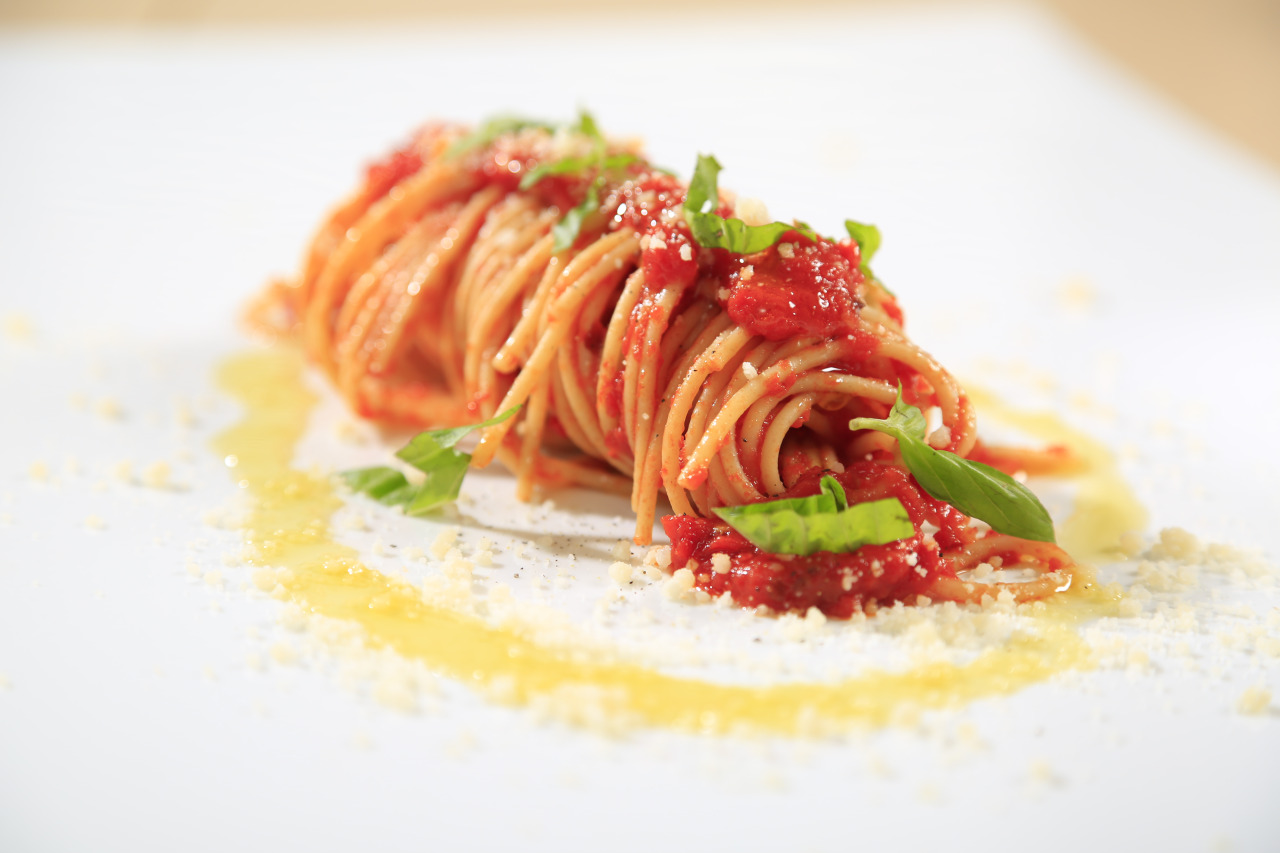
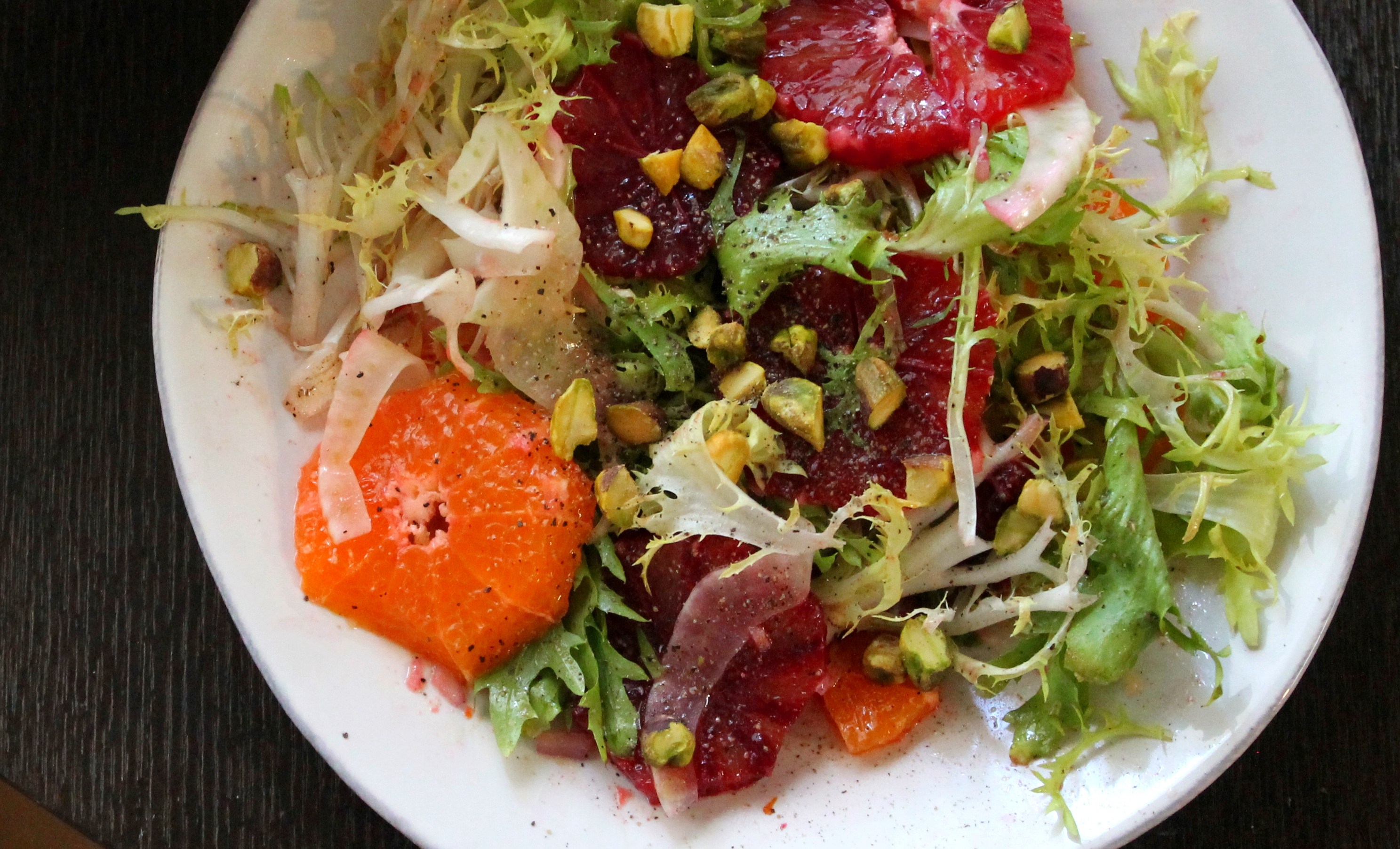
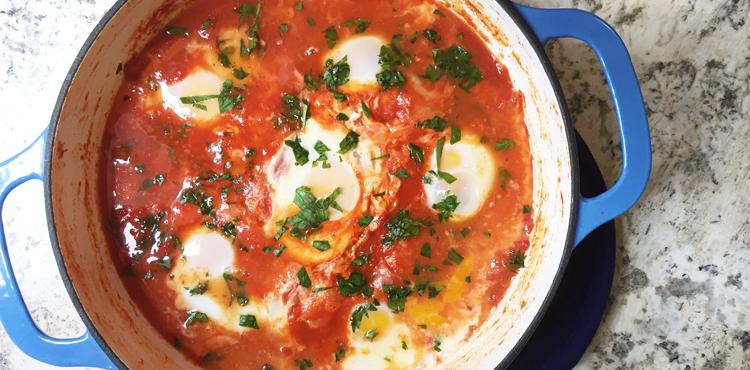
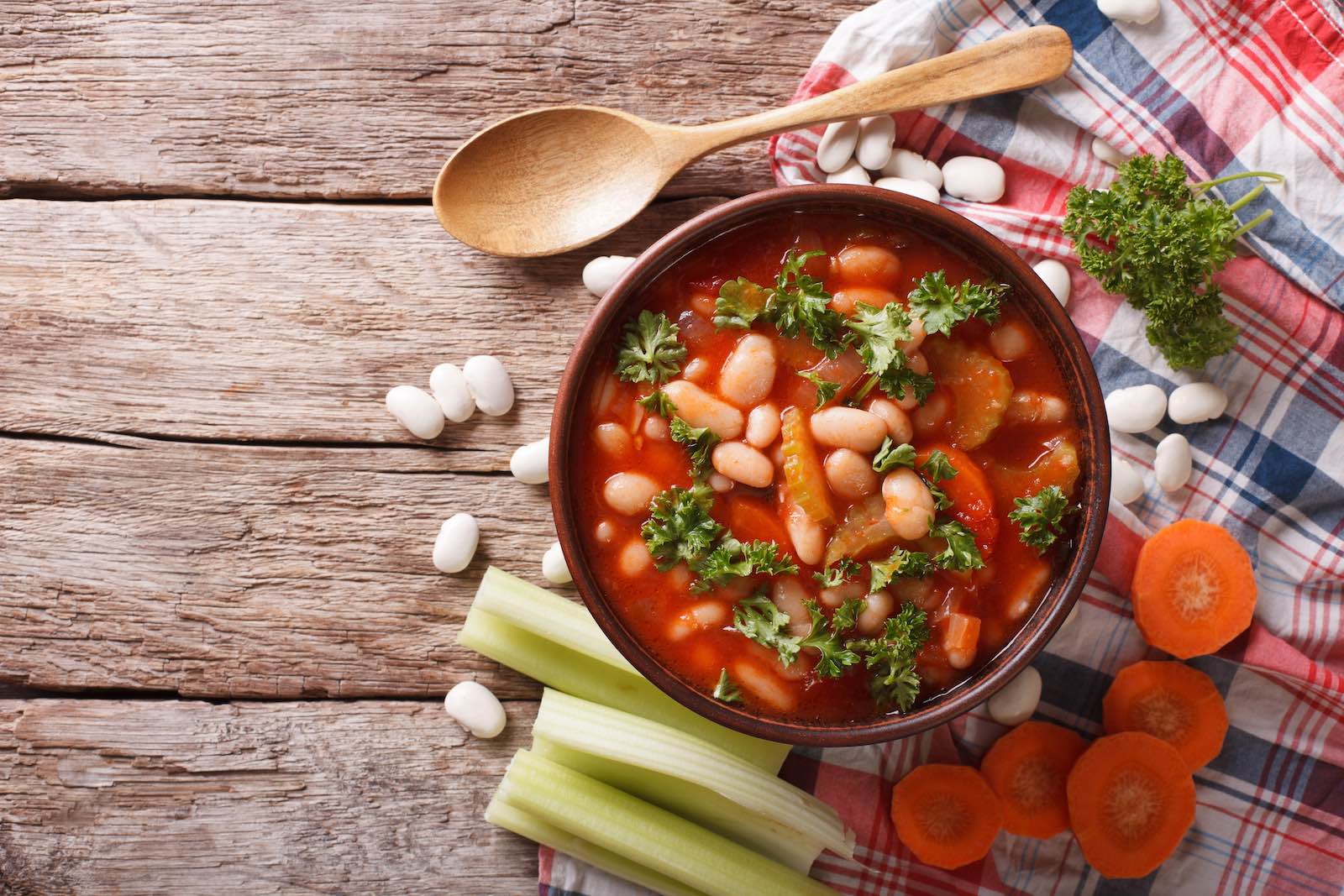
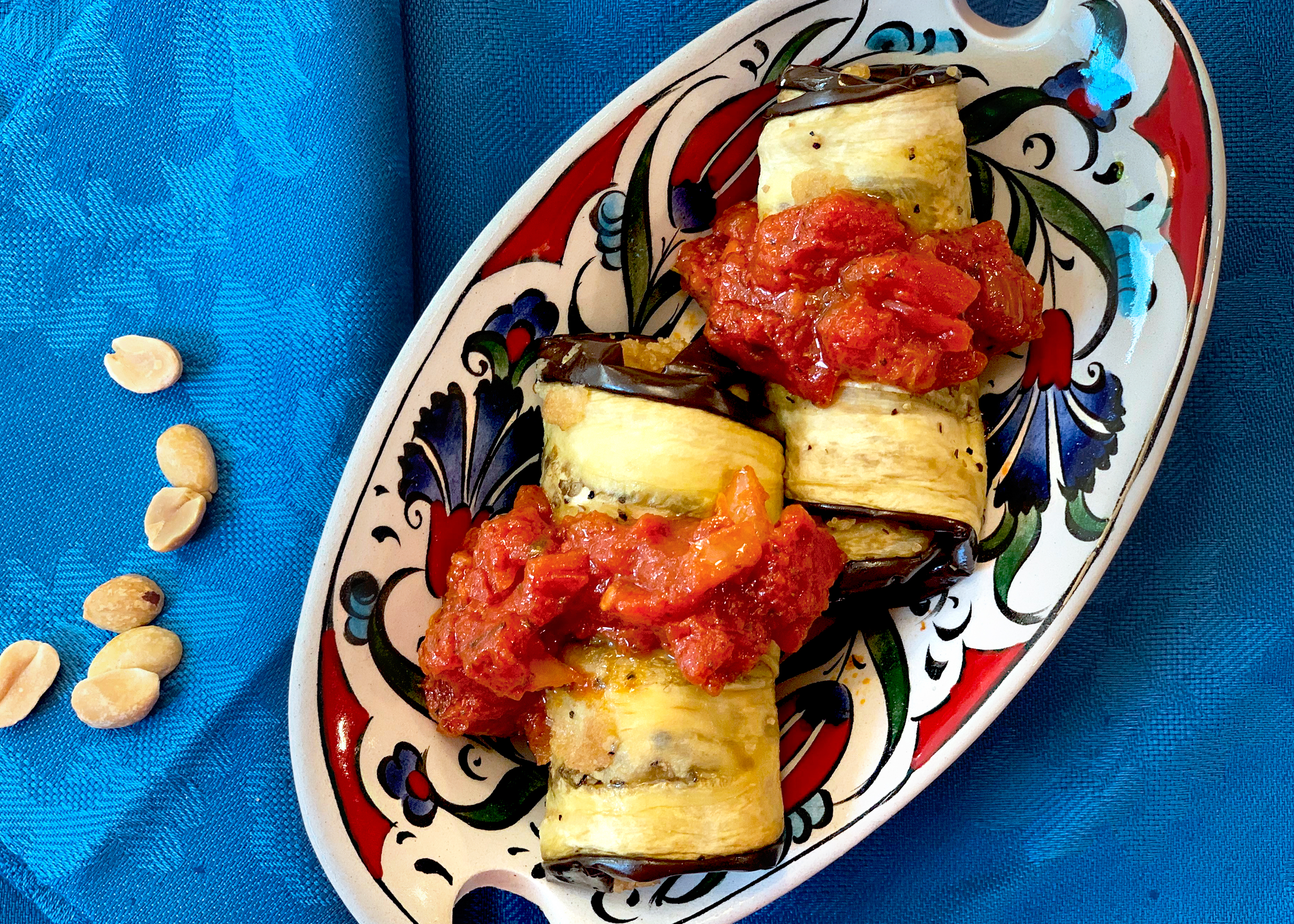
Comments
Add a Comment